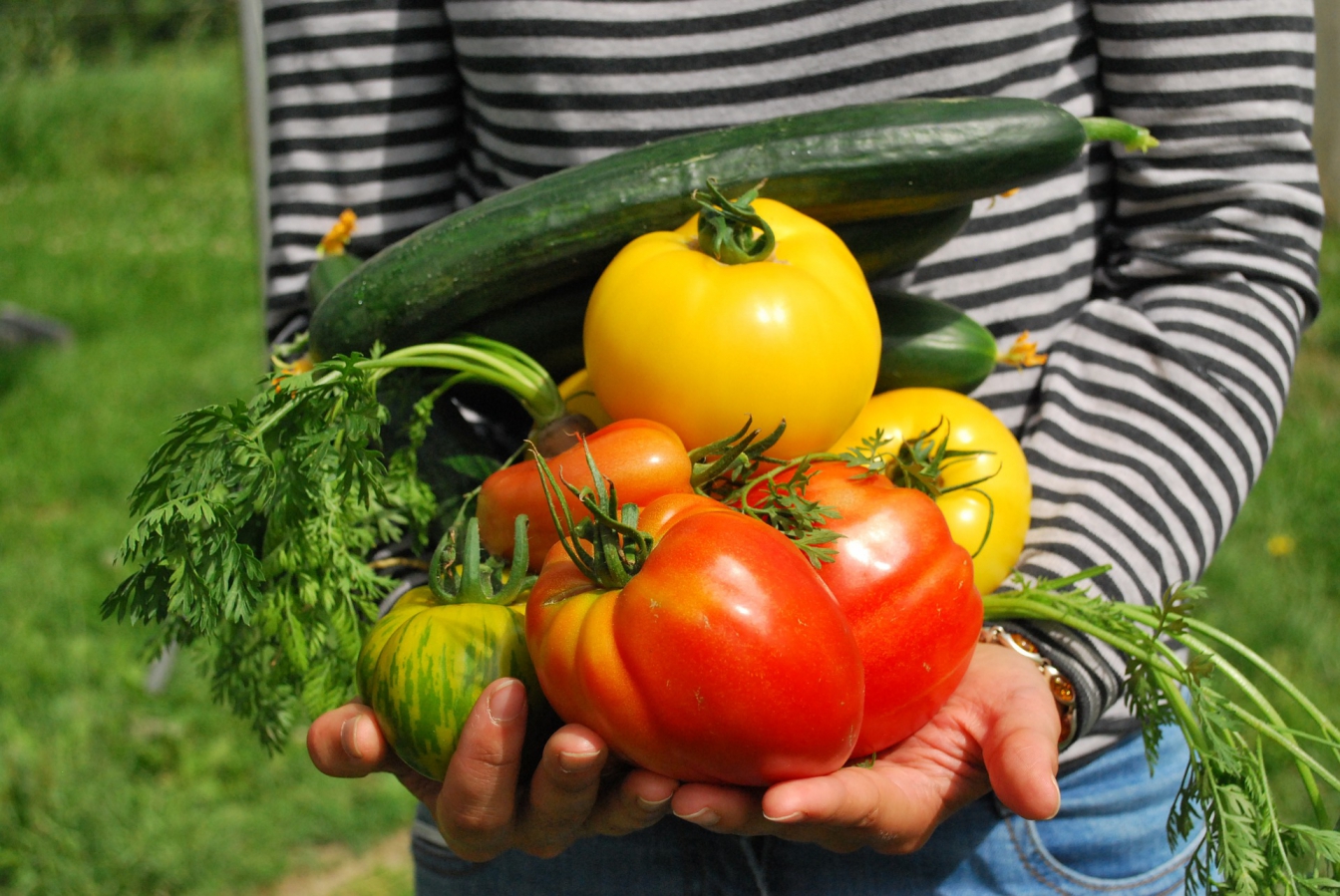Environmental education

Principle
A holiday spent in tourist accommodation can be a good opportunity to provide guests with information, documentation and/or learning activities related to the natural environment, preservation of biodiversity and conservation of land and natural resources.
Explanations
A space devoted to environmental documentation, instruction and educational activities for guests can be an asset that attracts customers to the establishment.
Implementation
- Initiate customers to local flora and fauna via documentation, books, posters, pictures etc.; post rules for collecting shellfish (for seashore accommodations).
- Make binoculars, scopes and other viewing equipment available to customers for observation activities.
- Propose activities in conjunction with nature parks, environmental initiation centres, bird-watching reserves, local environmental groups; relay information on their nature outings.
- Set up bird houses and insect hotels to encourage biodiversity within the establishment, and explain these steps to guests.
- Plant a demonstration vegetable garden where guests can pick herbs, fruit and vegetables; label the various species cultivated.
- Offer nature walks, on foot, bicycle or horseback, to observe birds, plants, butterflies etc.
- Organise a mini-club for children, with different activities each day (making bird houses, identifying animal tracks, catching butterflies etc.).
- Host events with local producers.
Costs
- None if your establishment partners with other organisations and simply relays information on their activities .
- Low when creating a documentation centre or building bird houses.
- Some investment required for binoculars and viewing scopes.
- The cost of recruiting a nature guide can be offset by asking guests to pay for certain activities.
Benefits
- Make this criterion into a competitive advantage for your establishment, setting it apart from others.
- Increase the range of services offered by your establishement.
Constraints
- Time required to set up activities.